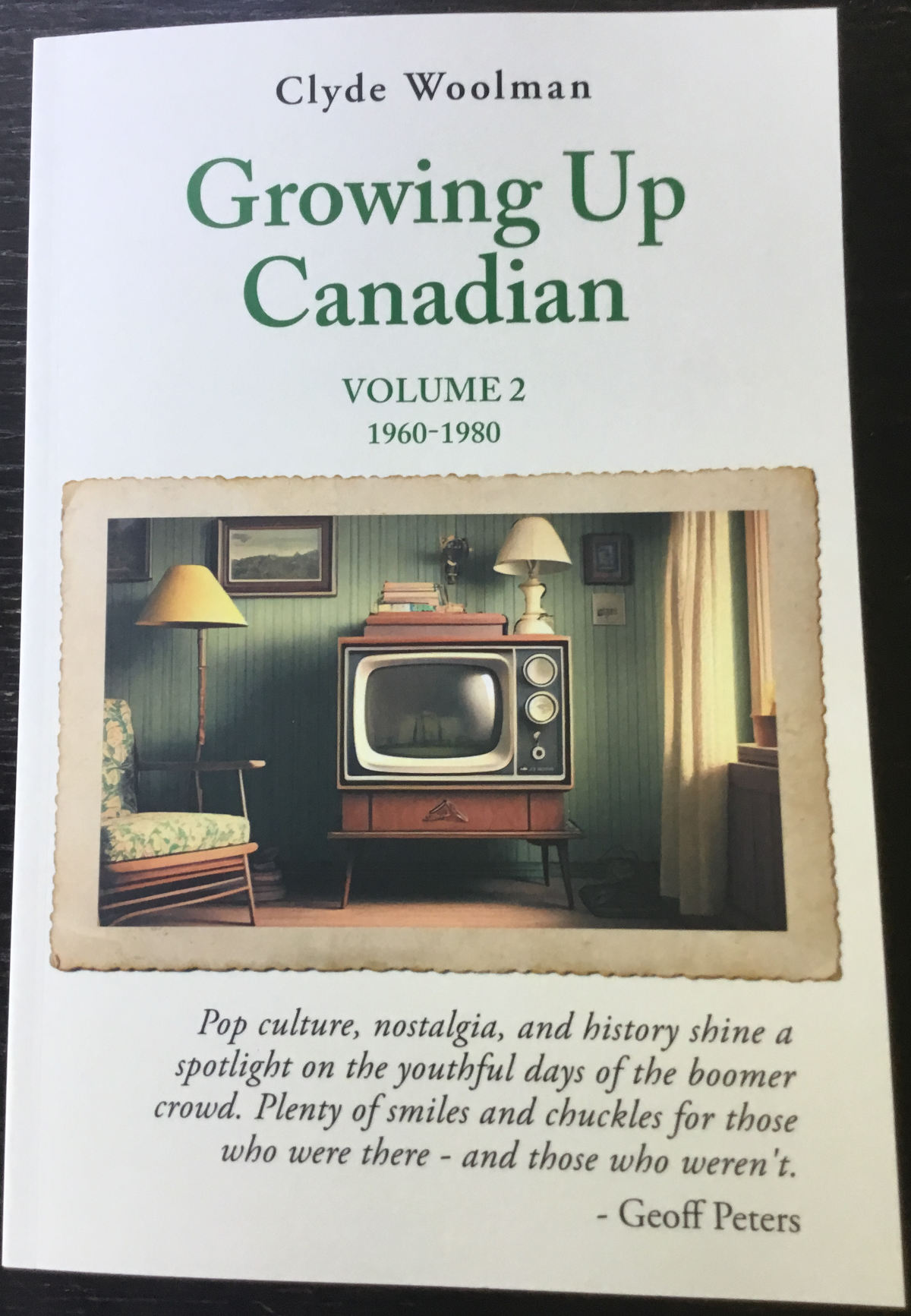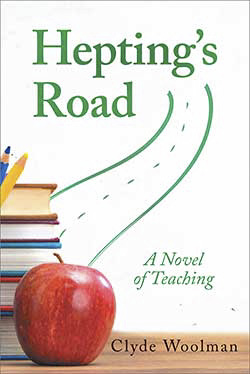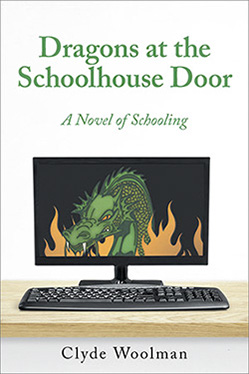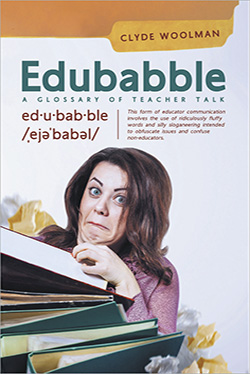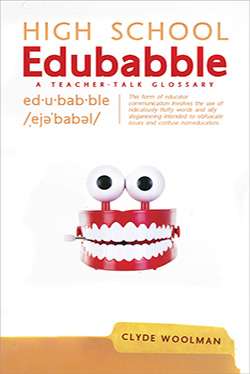Growing Up Canadian – Volume 2
Canada and its youth come of age 1960-1980
A Unique Format and a Wry Style:
There are nine chapters, each with 15 to 17 entries of four to eight paragraphs. The entries are listed alphabetically in each chapter and are also in general chronological order from the early 1960s to 1980. An index helps locate a particular person or event. The nine chapters are:
1. Television—including Juliette, Front Page Challenge, Monty Hall, Tommy Hunter, and more.
2. Charting in the Pop Music World—some entries are the Beatles in Canada, Steppenwolf. Liona Boyd, Bachman Turner Overdrive, and Rush,
3. Keeping Up with Being Cool—Mini-Skirts, Trudeaumania, 10-Speed Bikes, Zodiac Medallions, and Pet Rocks are some of the entries,
4. Land and Sea—Distant Early Earning stations, De Gaulle’s “Vivre Le Québec Libre” speech, the Trans-Canada Highway, the James Bay Project, the “Whisky War” with Denmark, and the Seal Hunt comprise some of the titles in this chapter,
5. Life and Times—Station Wagons, Chatty Cathy dolls, Shag Carpeting, Drive-ins, and Waterbeds are but a few of the lifestyle entries,
6. On Stage and Screen—Robert Goulet, Christopher Plummer in the Sound of Music, illusionist Doug Henning, playmate Dorothy Stratten, and the plays Maggie and Pierre and The Ecstasy of Rita Joe are some featured entries,
7. Quotes of Note—words of note from the likes of Sylvia Tyson, Petra Burka, Neil Young, Rick Hansen, Tom Berger, and Raffi are included, among others,
8. Sports Stories—some of the individuals include Karen Magnussen, Alan Eagleson, and the “Crazy Canuck” downhill skiers. Saskatoon’s potential entry into the NHL and several franchises with impressive levels of ineptitude are part of the team entries.
9. Tech on the Rise—amazing new technology such as Polaroid Instant Cameras, Computer dating, Cassettes and 8-Tracks, the IMAX screen, and even the drip coffee maker are some of the entries in this chapter.
Scroll down for more details.
To Purchase This Book Visit:
For print copies Friesen has very expensive shipping costs and please note that Amazon prices can vary quickly. Barnes and Noble can be more reasonably priced though the quotes may be in U.S. currency.
More About Growing Up Canadian – Volume 2: Canada and its youth come of age 1960-1980
Questions answered about Growing Up Canadian:
What was the motivation behind writing a second Growing Up Canadian?
This is an excellent question that is akin to one regarding the initial book which provided the opportunity to launch into stock responses such as having lofty aspirations to tell a story and share it with others. Bringing Canadiana to the forefront of the book-buying public was another
noteworthy aim. There was a desire to spark the memory cells of now-elder Canadians and inform younger ones that the trials and tribulations that they and the country face today are not specific to their generation.
What was true for the first book remains for the second. There was such a positive response to the first volume of Growing Up Canadian that it was hard to resist taking a crack at another. Research revealed even more gems of popular history, tales of stage and screen, interesting sports stories, and quirky trivia. Coming of age in Canada from the 1960 to 1980 was clearly not dull.
Moving into the dreaded world of sequels, various titles were considered—More Growing Up Canadian; or Growing Up Canadian Again; or Son (Daughter?) of Growing Up Canadian. None of those potential titles had a good feel. Thus, unable to come up with anything more inspiring, the rather droll Growing Up Canadian, Volume 2, was chosen.
Why are the terms 60–80 era and coming of age used so frequently? Why wasn’t the term boomer used instead?
Being a fully-fledged, card-carrying boomer, I understand the question. I can also understand the views of some young adults who now use the term “boomer” in a pejorative fashion. Today’s “OK Boomer” statement from young people is often accompanied by a mocking eye roll. It is time to face the facts. The boomer term has been used to describe a generation that can justifiably be labelled to be a tad on the self-congratulatory side. Shifting the term to those coming of age in the 60–80 era helps break the self-promotion that often accompanies the “boomer” term.
There is also a long-standing myth about the boomers. The counterculture, so canonized in boomer mythology, lasted at best, five years, from 1967 to 1972. Boomers born in 1963 or 1964 were young children when Woodstock occurred. Boomers born in 1946 or 1947 were in their early twenties by then. Many were busy working full-time jobs and not hanging out at university or attending rock music festivals. The 60–80 era is a much more inclusive term that includes the full 20 years encompassing the English music invasion of the mid-1960s to the disco and polyester period of the late 1970s. The broader 60–80 term can also include topics not normally associated with boomer lore—Indigenous and territorial issues to name two.
To assist this wide age-range of readers the entries in each chapter are listed in rough chronological order (and alphabetized as well). An entry about a song from 1966 will read as history to those who became teenagers in the late 1970s. A person who came of age in the mid-1960s may not even recognize a song or movie from 1980. We tend to categorize our personal histories in chronological order so it seemed to make sense to do so in a book about growing up as a Canadian.
Lastly, most references to the boomer generation have an unfortunate tendency to look back in time. While nostalgia is certainly an important aspect of Growing Up Canadian, Volume 2, it is not the only thrust. Coming of age implies moving on to the next part of life for an individual or the next era for a country. Connection to what was to come in the 1980s and beyond is an important feature of the book.
What was the biggest surprise when researching the book?
Being as influenced by American culture as much as the next person, there was a concern that there would not be enough Canadiana to complete a manuscript of sufficient length. Surprisingly, there were more than enough engaging stories for the first book and even more for this sequel. Canada and Canadians were far more interesting in the 60–80 era than most people realize.
Given the wealth of information and the need to include at least some pertinent American (and English) content, a great deal of material was not included. That helps explain why summaries of what was included in the first book are often mentioned in this sequel—the reader is less likely to wonder why a person or event was not included if they are aware of inclusion in the first volume. Still, this will not stem all questions and criticism from some readers wondering why this person or that event has never been included.in either of the books. There even may be a suggestion that those missing subjects be included in yet another sequel. If so, this would be the equivalent of nirvana to a writer who is always looking at the next project. Could a Growing Up Canadian, Volume 3 be in the works?
How would you categorize Growing Up Canadian, Volume 2?
Hmm, that is a tough question. Though every effort has been made to ensure the information is correct, this volume of Growing Up Canadian is non-fiction storytelling and nowhere near an academic work (hence the relative lack of formal references). It is part popular history, part satirical humour, part pop culture, part nostalgic remembrance, part social commentary; and possibly a few other parts as well. In that sense, the Growing Up Canadian books defy the unfortunate contemporary tendency of viewing politics and entertainment from the perspective of a specific niche, demographic, or “base.”
The Praise:
A witty, informative, and entertaining read that will bring back memories and put a smile on your face.
– Tiberio and Sandi Reis
Clyde Woolman hits it out of the park with this compilation of popular Canadian culture. This is a perfect read to share with friends and family.
– Maryanne Mackinnon
Other Books
Hepting’s Road
Steve Hepting is a man to be admired. From an impoverished background he achieves financial success as a turn-of-the-millennium stock broker, only to implode financially and romantically in the tech-stock bust of 2001-02. He turns to teaching, initially seeing the job as “too much work for too little pay.”
Dragons at the Schoolhouse Door
Steve Hepting often wonders why he left the classroom for the principal’s office. At least his nemesis, Superintendent Jennifer Capelli, is more interested in a secret scheme to transform what she believes to be a moribund education system.
Edubabble
Education is so littered with lingo and jargon and so filled with non-sensical acronyms, it is a wonder anyone can cut through the obfuscation. The relentless drive for higher piles of edubabble is such a fascinating trend that it made for an appropriate title for this glossary containing 400 quick-read entries.
High School Edubabble
A humour-filled satirical work such as this must include the impact of technology on teachers and students. Unlike previous generations, today’s teachers face tech-addled youths who are drowning in a churning sea of information, much of it of dubious quality.
Contact the Author
clydewoolman@gmail.com

